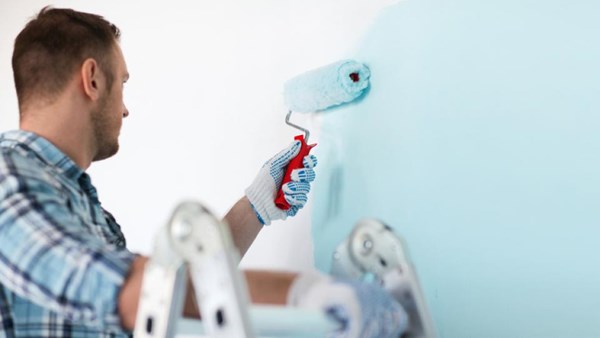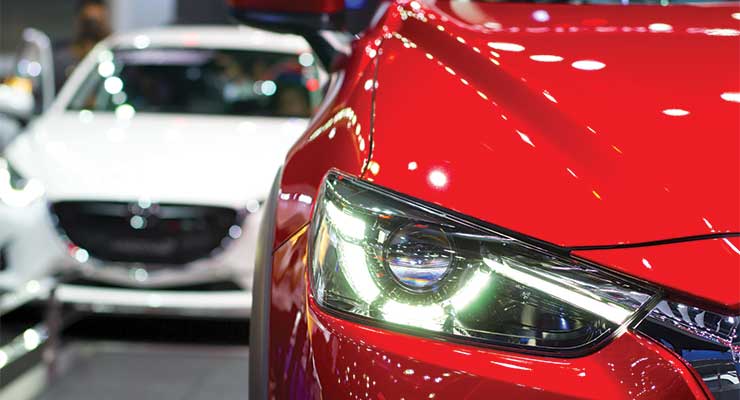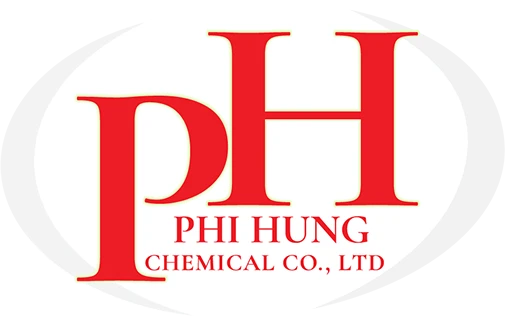Analysis of Market Size, Market Share, Growth, Trends, and Forecast 2020 – 2027 for the Global Waterborne Paint Market by Application (Industrial and Architectural) and Resin Type (Polyester, Acrylic, Alkyd, Polyurethane, Epoxy, PTFE, PVDC, PVDF)

NEWARK, NJ, June 23, 2020 (GLOBE NEWSWIRE) – According to a new report published by Fior Markets, the global waterborne coatings market is projected to grow from USD 74.21 billion in 2019 to USD 106.34 billion by 2027, with a compound annual growth rate (CAGR) of 4.6% during the forecast period 2020-2027.
The primary drivers of market growth are the increasing end-user demand for green, environmentally friendly coatings and increasingly stringent environmental regulations. Rising personal income and high economic growth contribute to the expansion of the automotive and construction industries. Factors such as non-flammability, odorlessness, long shelf life, and non-toxicity are expected to drive market growth. The market is expected to be fueled by increasing spending on construction and renovation activities in the emerging economies of the Asia-Pacific and Latin America regions.
Waterborne coatings refer to any surface coating or finish that uses water as a solvent to disperse resins, forming a coating. The composition varies with small amounts of other solvents such as glycol ethers and may contain up to 80% water. The high water content makes waterborne coatings both environmentally friendly and easy to apply. Instead of other solvents, waterborne coatings use water to dissolve resins. They have a low volatile organic compound (VOC) content, making them environmentally friendly and useful in reducing emissions. Various solvents used as binders in waterborne coatings include polyvinyl ether, glycol ether, polyacrylate, or polyurethane. These coatings exhibit superior heat and abrasion resistance.
Over the past decade, the construction coatings industry has undergone a period of significant innovation. Key drivers include the shift from solvent-based to water-based paints, VOC reduction, the emergence of 2-in-1 paint and primer products, the elimination of hazardous chemicals, the desire to provide improved film properties such as dirt resistance and early water resistance, and the goal of offering a fresh appearance with easy application. As urbanization continues to grow, the demand for residential, commercial, and industrial infrastructure is increasing. This drives the demand for waterborne coatings among end users. Furthermore, the growth of the global waterborne coatings market is driven by various factors such as growth prospects in highly regulated regions and government support. However, factors such as inconsistent enforcement may hinder market growth.
Key companies operating in the global coatings market include Akzo Nobel N.V., Axalta Coating Systems, BASF SE, PPG Industries, Berger Paints, Sherwin-Williams, and The Valspar Corporation. Major companies are currently focusing on strategies such as adopting advanced technologies, product development, mergers and acquisitions, joint ventures, collaborations, and partnerships to enhance their market position in the global waterborne coatings industry. For instance:
In December 2018, Tikkurila launched a new fire-retardant waterborne lacquer for wooden surfaces, Fontefire WF Clear. The product enhances the aesthetics of treated surfaces and allows coated wood to be used in places such as hospitals and schools, where fire safety standards are the most stringent.
In June 2019, Jotun signed a Memorandum of Understanding with Hyundai Heavy Industries (HHI) regarding Jotun’s new marine coatings, which will be used to reduce solvent emissions by 90%. The collaboration will help HHI be better equipped and comply with environmental regulations aimed at reducing solvent emissions.
The architectural segment is expected to experience the highest growth rate during the forecast period.
By application, the market can be divided into industrial coatings and architectural coatings. The industrial segment is further classified into automotive, packaging, general, protective, marine, wood coatings, coil coatings, and others. The architectural segment is divided into residential and non-residential. Waterborne architectural coatings are used for both decorative and protective purposes. For decorative purposes, they are applied to interiors, window frames, wooden flooring, and sculptures. For protection, they are used for exterior coatings. Consequently, the architectural segment is expected to experience the highest growth rate during the forecast period.
Read the full report at:
https://www.fiormarkets.com/report/waterborne-coatings-market-by-application-industrial-and-architectural-418014.html
The acrylic segment is expected to dominate the market share during the forecast period.
By resin type, the market is categorized into polyester, acrylic, alkyd, polyurethane, epoxy, polytetrafluoroethylene (PTFE), polyvinylidene chloride (PVDC), and polyvinylidene fluoride (PVDF). The special chemical and aesthetic properties of acrylic coatings have led to their widespread adoption, driving market growth. As a result, the acrylic segment is expected to dominate the market share during the forecast period. Features such as durability, flexibility, UV resistance, and color retention have driven high demand for these coatings in industries such as recycling, healthcare, automotive, and metal finishing.

Market Analysis of Waterborne Coatings by Region
Europe (Germany, UK, France, Spain, Italy, Rest of Europe)
Due to stringent environmental regulations and strict safety laws for employees in Europe, the region is expected to dominate the market share during the forecast period. The growth of the automotive industry in the region and the increasing use of green coatings for automotive refinishing are also anticipated to contribute to market expansion.
North America (United States, Mexico, Canada)
North America is expected to witness steady growth due to rising demand for eco-friendly coatings and strict regulatory frameworks promoting low-VOC coatings. The United States, in particular, is a key market, driven by advancements in coating technologies and increasing infrastructure projects.
Middle East & Africa (UAE, South Africa, Rest of MEA)
The Middle East and Africa region is projected to see moderate growth, with increasing investments in the construction sector and industrial infrastructure. The demand for waterborne coatings in this region is mainly driven by government initiatives to promote sustainable and environmentally friendly building materials.
South America (Brazil and Rest of South America)
South America, led by Brazil, is expected to experience gradual growth. Economic recovery and urbanization are key factors influencing the adoption of waterborne coatings, particularly in the construction and automotive sectors.
Asia-Pacific (China, Japan, India, Rest of Asia-Pacific)
Due to rapid industrialization in developing economies such as China, India, Indonesia, and others, the Asia-Pacific region is projected to have the highest growth rate during the forecast period. Increasing construction activities, expanding automotive production, and government initiatives promoting sustainable products are expected to drive market demand.
Request the full report here:
https://www.fiormarkets.com/enquiry/request-customization/418014
Note: The report will be updated after assessing the impact of COVID-19.


 Tiếng Việt
Tiếng Việt